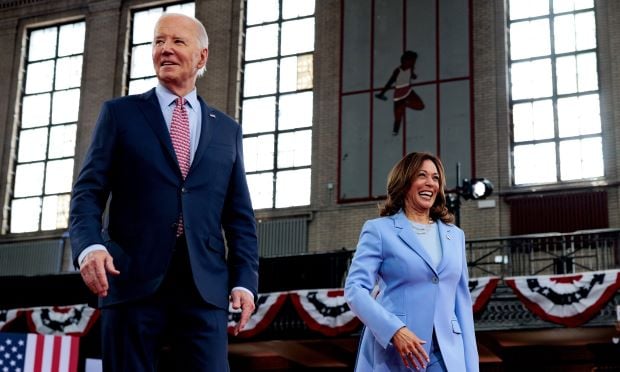 The revised list of hardshipwithdrawals would apply to money drawn on or after January 1, 2018.(Photo: Diego M. Radzinschi/ALM)
The revised list of hardshipwithdrawals would apply to money drawn on or after January 1, 2018.(Photo: Diego M. Radzinschi/ALM)
The Internal Revenue Service has issued a proposal accountingfor new rules on hardship withdrawals from defined contributionsplans passed in the Bipartisan Budget Act of 2018.
Under existing rules,
- Hardship distributions can only be taken when a participantsuffers “an immediate and heavy financial need.”
- The distribution can't be greater than the amount of money theparticipant needs.
- And the participant must first exhaust other avenues ofliquidity, like a plan loan or distribution from an employee stockownership plan.
Currently, a safe harbor provides six types of expenses thatqualify for a hardship distribution. If a hardship distribution istaken, participant deferrals to savings plans are suspended for sixmonths.
What the Bipartisan Budget Act did
The Bipartisan Budget Act modified the rules on hardshipwithdrawals by removing the six-month prohibition on deferrals, andallowing participants to access not only the deferrals they made,but also the earnings on those deferrals and money from employermatches and the earnings on them.
Continue Reading for Free
Register and gain access to:
- Breaking benefits news and analysis, on-site and via our newsletters and custom alerts
- Educational webcasts, white papers, and ebooks from industry thought leaders
- Critical converage of the property casualty insurance and financial advisory markets on our other ALM sites, PropertyCasualty360 and ThinkAdvisor
Already have an account? Sign In Now
© 2024 ALM Global, LLC, All Rights Reserved. Request academic re-use from www.copyright.com. All other uses, submit a request to [email protected]. For more information visit Asset & Logo Licensing.








